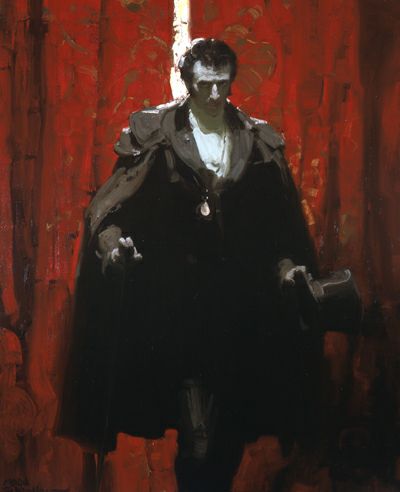For most readers younger than 35 or so (in America, at least), personal computers have been part of your environment about as long as you've been mentally aware of the world around you. Chances are, if you are towards the higher end of the age range just mentioned, your family might not have had one at first, but maybe your school had a few or perhaps friends' families did. And of course there was advertising for them, not to mention specialized stores selling them.
Nowadays, personal computers are so common that many households have several. At my place, we have two desktop machines, one laptop computer and a tablet computer, with another tablet purchase contemplated. If you consider "smart phones" computers -- and a pretty good case for that can be made -- we have two of those. So the tally comes to six computers for two people, or three per capita. I suspect this isn't unusual in middle-class America.
But for people older than 50, say, personal computers were a Big Deal when they first reached the market, especially for someone like me who needed to crunch numbers on a fairly large scale.
Back then, most "graphics" was in the form of X's and other symbols arranged on a screen, though before long one could buy a graphics card to insert on the motherboard, this allowing linear graphic displays. Remember the Hercules board, anyone? Today, of course, the graphical interface is the real computer, so far as the average user is concerned.
IBM Personal Computer - 1981
Apple II computers were too memory-limited for me, but the
IBM PC had real potential. The machine shown above looks like the one I bought once I landed a contract to develop a software system using the APL programming language. The potential on-board memory was 640 KB, but I started with about half that because just about everything to do with personal computers 30 years ago (I got mine in May, 1983) was really expensive, especially memory (over the next couple of years I up-graded in steps to the maximum). My system, including a dot-matrix printer cost me around $3,500 -- about $8,200 in 2013 dollars according to a Bureau of Labor Statistics inflation calculator. A box of 10 floppy disks was something like $49, if memory serves.
My new machine wasn't bottom-of-the-line, however. Like the one in the picture, it had
two floppy disk drives -- and they were
double-sided drives so that my floppies could hold twice as munch data as earlier, single sided ones could. About the time I bought my PC, IBM came out with a PC that had an actual
hard drive that could hold a massive 10 MB of data. (These capacities are microscopic compared to what a typical computer holds today.)
Even though I have fond memories of my first computer, I would never ever want to go back to using one like it. But in its day it was a marvel that helped me earn a living.














+-+1873.jpg)
+-+1882.jpg)
+-+1883.jpg)



































